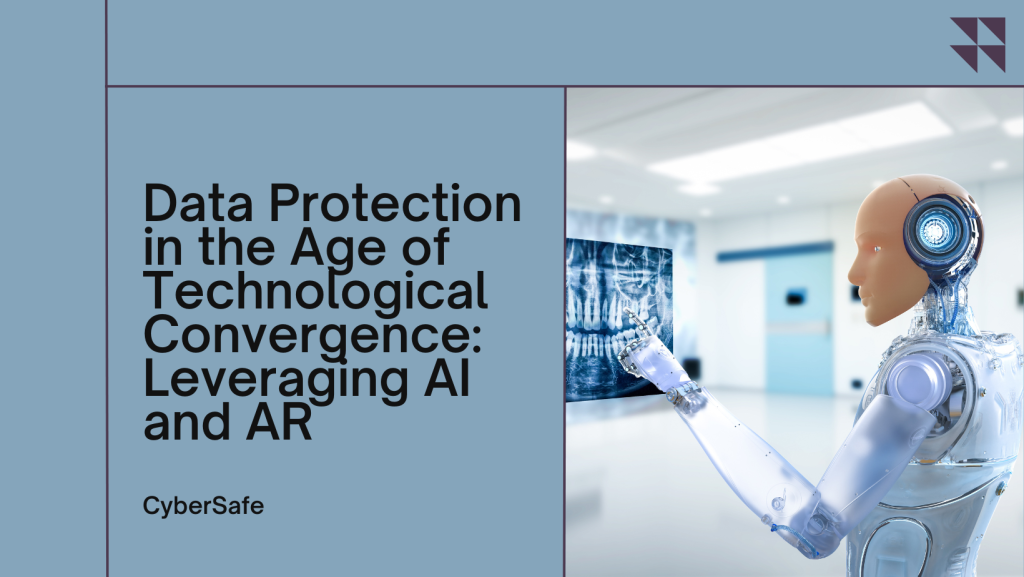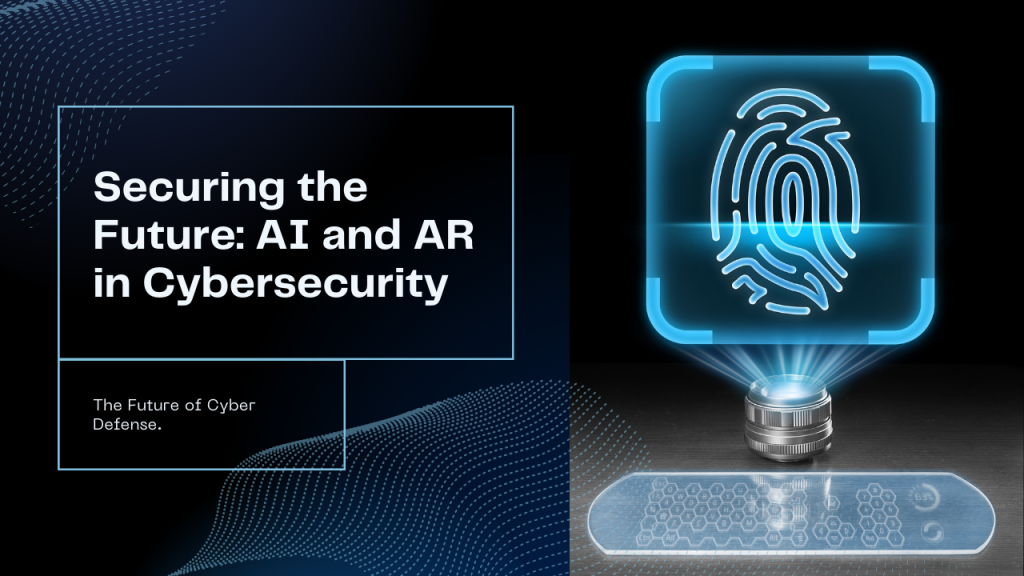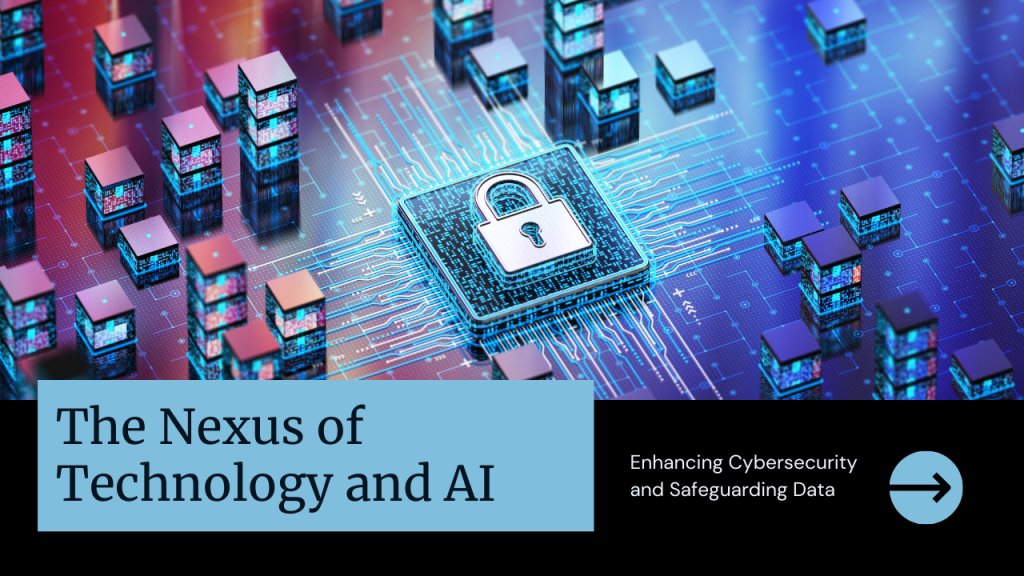In today’s interconnected world, where data is the new currency and cyber threats loom large, cyber innovation stands as a beacon of hope, transforming security paradigms in the digital age. This article explores the pivotal role of cyber innovation in safeguarding our digital assets, combating evolving threats, and fostering a secure and resilient cyberspace.
Cyber innovation encompasses a wide array of technological advancements aimed at bolstering cybersecurity defenses, enhancing threat intelligence capabilities, and mitigating risks in an ever-changing landscape of cyber threats. From sophisticated encryption algorithms to advanced behavioral analytics and threat hunting techniques, innovators are continually pushing the boundaries of what’s possible in cyberspace security.
One of the key areas driving cyber innovation is the rise of artificial intelligence (AI) and machine learning (ML) in cybersecurity. These technologies enable organizations to automate threat detection, analyze vast amounts of data in real-time, and proactively respond to emerging cyber threats with greater accuracy and efficiency. By leveraging AI and ML, cybersecurity professionals can stay ahead of adversaries and anticipate potential vulnerabilities before they are exploited.
Another frontier of cyber innovation lies in the realm of threat intelligence and information sharing. Collaborative efforts between governments, private sector organizations, and cybersecurity firms have led to the development of threat intelligence platforms, sharing communities, and real-time cyber threat feeds. These initiatives enable stakeholders to exchange actionable insights, indicators of compromise, and best practices for mitigating cyber risks, thereby strengthening collective defenses against cyber attacks.
However, cyber innovation is not without its challenges. As cyber threats become increasingly sophisticated and pervasive, innovators must contend with issues such as data privacy concerns, ethical considerations in AI-driven cybersecurity, and the evolving regulatory landscape. Moreover, the rapid pace of technological change poses challenges in terms of keeping cybersecurity solutions relevant and effective in the face of emerging threats.
Looking ahead, the future of cyber innovation holds immense promise. Emerging technologies such as quantum cryptography, homomorphic encryption, and secure multiparty computation are poised to revolutionize cybersecurity, offering new levels of protection for digital assets and sensitive information. Moreover, the continued collaboration between industry, academia, and government stakeholders will be essential in driving innovation and ensuring a safer and more secure cyberspace for all.
In conclusion, cyber innovation is a catalyst for change in the digital age, empowering organizations to stay ahead of cyber threats and protect their most valuable assets. By embracing creativity, collaboration, and a forward-thinking mindset, we can harness the power of cyber innovation to build a more secure and resilient future in cyberspace.

















